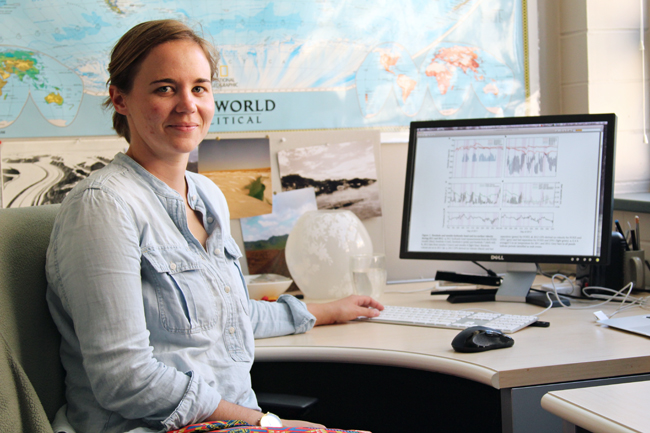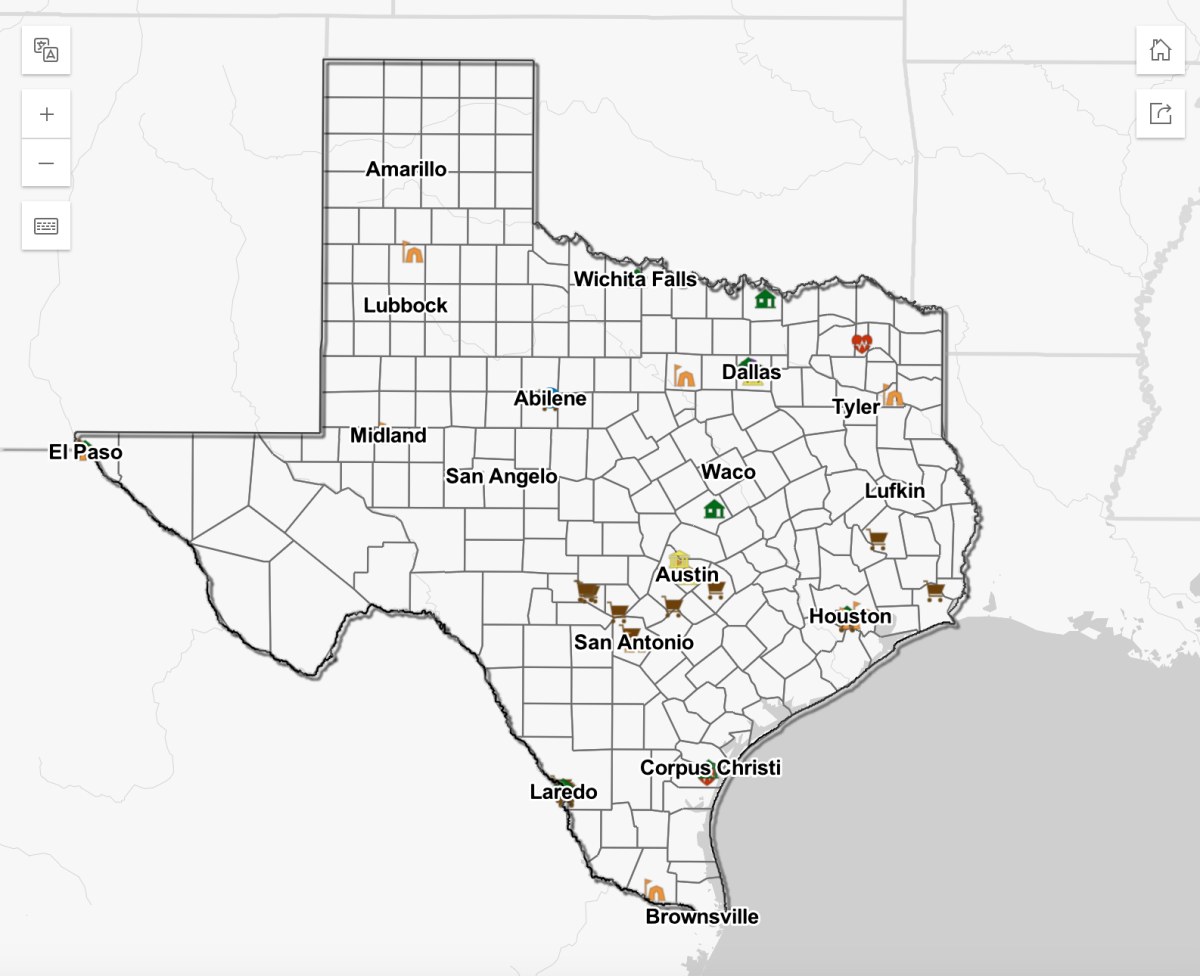Traveling to the icy regions of Greenland, UT researchers, led by Lauren Andrews, a geological sciences graduate student, looked at the country’s glaciers to see how they impact glacial shifts in icy regions of the Atlantic Ocean, including Greenland.
Andrews and her team published their findings in an October edition of Nature. Andrews said the melting water from the tops of ice sheets flows down to the bottom of a glacier’s bedrock during the summer, causing it to slide.
“The surface water is getting to the bed and is interacting with the bed of the ice sheet, and the ice [melting] speeds up in the summer and starts to melt faster,” Andrews said. “The idea is that the water on top gets to the bed and can act as a lubricating layer between the ice and the sediment of bed rock.”
Andrews said this process occurs through natural giant holes on top of the glacier, known as moulins, which act as self-sustaining drainage systems. Water drains through moulins and gets to the bed of the ice sheet, which creates what is known as a subglacial system. According to Andrews, learning about the subglacial systems can help scientists better understand how climate change impacts Greenland’s glaciers.
“Our goal with this project was to understand how that water interacts with the bed and how changes in that subglacial hydrology results in changes in ice velocity,” Andrews said. “What is the correlation between the speed of the ice sheet and the volume of water?”
Andrews’ studies include exploring how these subglacial systems evolve over time by drilling bore holes, which act as man-made re-creations of moulins, into the glaciers. Glaciologists are able to measure the subglacial pressure to help understand how the glaciers change over a certain period of time.
“The ice velocity changes over the course of the season, and that implies and allows us to infer that there are changes within the subglacial hydrology,” Andrews said.
According to Andrews, there is still research to be done in this area of study, and glaciologists are still trying to understand the complexity of subglacial systems.





















